Paintings of leaders of the community are on either side of the entrance to the first gallery. On the left is Tommie Barfield (1888-1949) who moved to Marco Island in 1901. She is responsible for establishing the educational system of Collier County. On the right are the Mackle Brothers who led the development of the island in the 1960s with The Deltona Corporation, a Miami-based firm.
The Traveling Exhibit Gallery is featuring Windows and Doors to History (until February 18, 2017). The paintings are of the various periods of cultural history on Marco Island: Native Americans (Calusa) that had villages across the tip of Southern Florida for thousands of years; the pioneers that fished, had a pineapple plantation and clam cannery; and the explosive growth in the 1960s led by Mackle brothers.
New World: Lost World Exhibit: Several archeological sites in the area date to the Archaic Period (7,500 to 5,000 years ago) providing evidence that people have lived on Marco Island for the last 6,000 years. People lived here year round, although It was originally thought that it was a seasonal habitat.
The Muspa and Calusa peoples lived in the area from 500 BC to AD 1513. They made fiber-tempered pottery (using plants) and then sand-tempered pottery. Shell tool manufacturing was also discovered in the archeological sites. Samples found have been classified into the three categories: top, for cooking, drinking, scooping; middle, for hammering and pounding; bottom, for chopping and grinding. Frank Hamilton Cushings' 1896 excavation of the Key Marco site has been described as "one of the most remarkable sites every investigated." A wide array of painted wooden masks, figures, netting, wooden bowls, figureheads, toy canoes, trays, tablets, gourds were preserved in the oxygen-free muck found on Marco.
The Key Marco Cat is the most famous artifact found at the Key Marco site. Carved of wood, it is described as comparable to the best art of the ancient Egyptians or Assyrians. The statuette is only about 6" tall and was described by Cushing as "representing a man-like being in the guise of a panther." The original is in the Smithsonian Museum of Natural History although this museum is working to relocate it here (where it was found). There is a large statue of the Key Marco Cat in the courtyard outside the museum.
This diorama represents a Muspa village occupied from AD 500-900 and is based on the artifacts found in the archeological sites found here. The center mound (of shells) is assumed to be a place of worship with the leader's residence on the left and canoe/tool construction on the right.
Life-size Calusa people are shown representing various roles in the village. These are very well done and provide interesting insight into their lives.
Sadly, the Calusa virtually disappeared from the area in the 1500s. Diseases brought to them by the Spanish were devastating and deadly.
Modern Marco Exhibit: The explosive growth and development of Marco Island by the Deltona Corporation is showcased in this exhibit. The Markle brothers purchased most of the island in 1960 for about $7M and built the beach resort community. Their worldwide advertising campaign brought 25,000 people to the island launch in 1965. Waterfront homes were sold for $19,800 and inland homes for $14,900 at the time. Of course, the cost of homes here have skyrocketed since.
Check out the Marco Sari...a fashion statement, but not very becoming in my opinion!
Other displays showcase Marco Island Airways, the Tony Lema Golf Tournament, and more.
Pioneer Gallery is a new exhibit that is under construction scheduled to open the end of January, 2017.
The gift shop has unique items including historical books and art of Marco.
Admission is free although a donation is appropriate (we gave $10). I had no idea about the archeological significance of the area and really enjoyed this small, but very nice local museum (www.colliermuseums.com).
Nearby is the Frank E. Mackle Community Park that has a lake (with catch/release fishing), dog park, sports courts/fields, water spray park, and walking trail. It is one of eight community parks on the island.
First we went to Canine Cove Dog Park so our sweet doggy, Sadie, could have some fun. We met a lovely couple who RV and spend time on their yacht in Michigan. Sadie had a blast playing with their playful dog, Hank, and their older dog, Commander. We exchanged cards and will look them up when we get to Michigan one day!
The beaches are the most beautiful sights on Marco Island and why so many people love this subtropical paradise. Dogs are not permitted on the beaches, though, so we did not visit any as we had Sadie with us (and it was a hot day).
For additional information about Marco Island, check out their website at www.cityofmarcoisland.com.
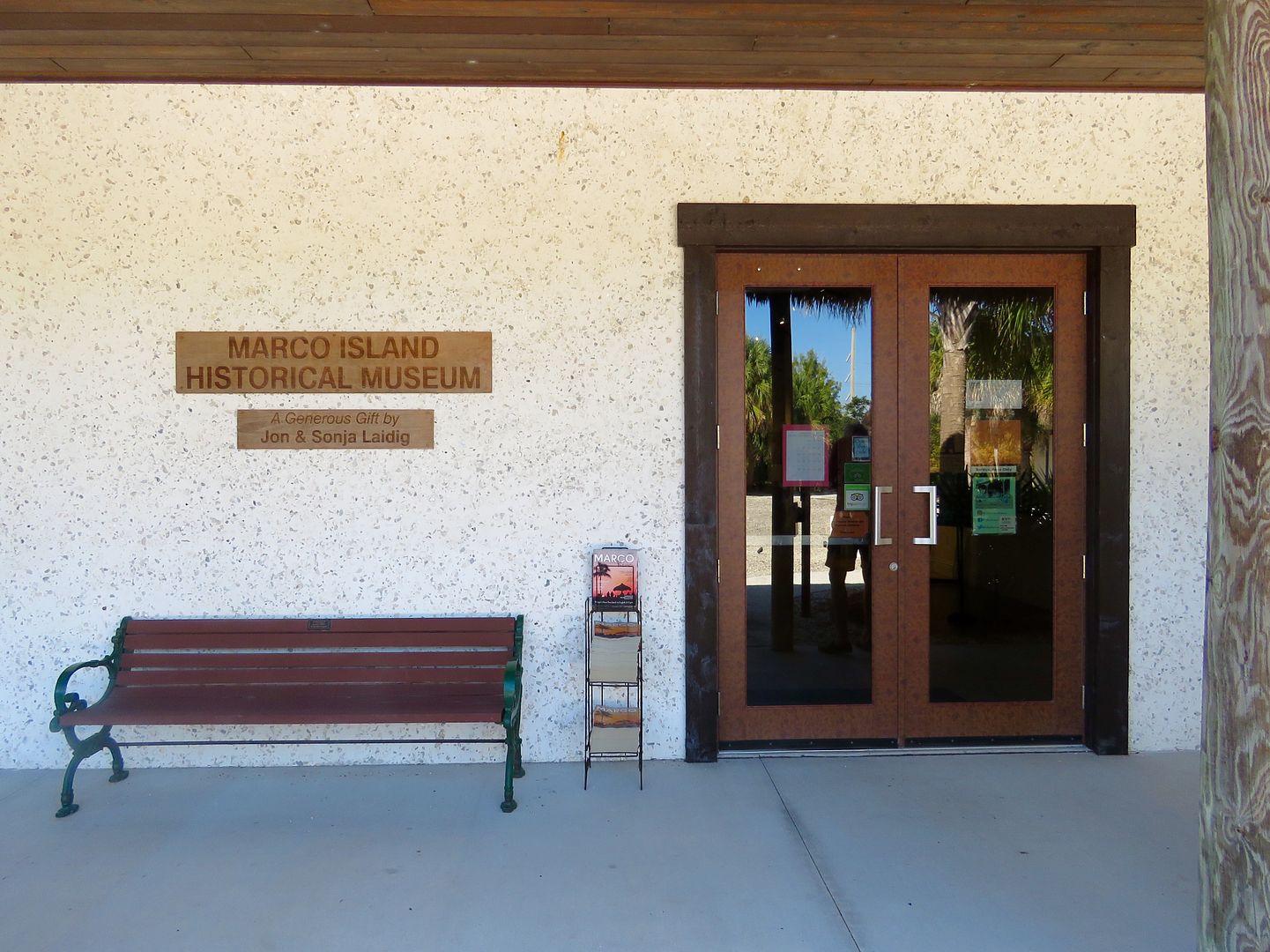

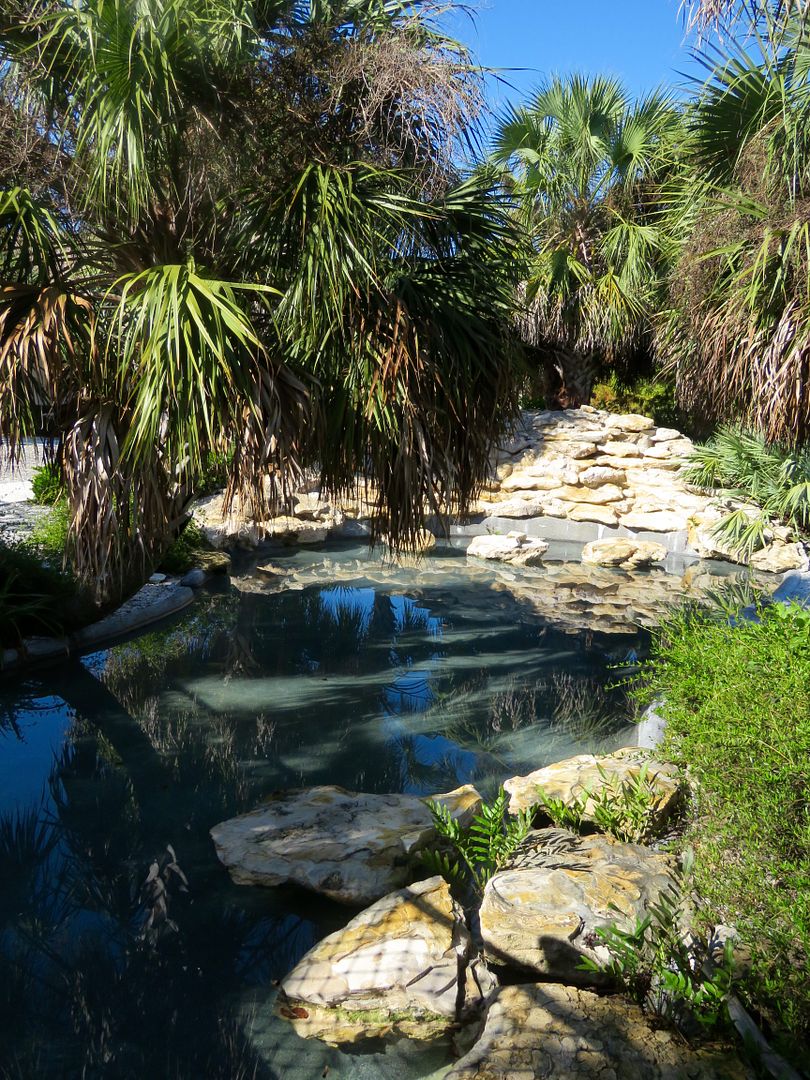
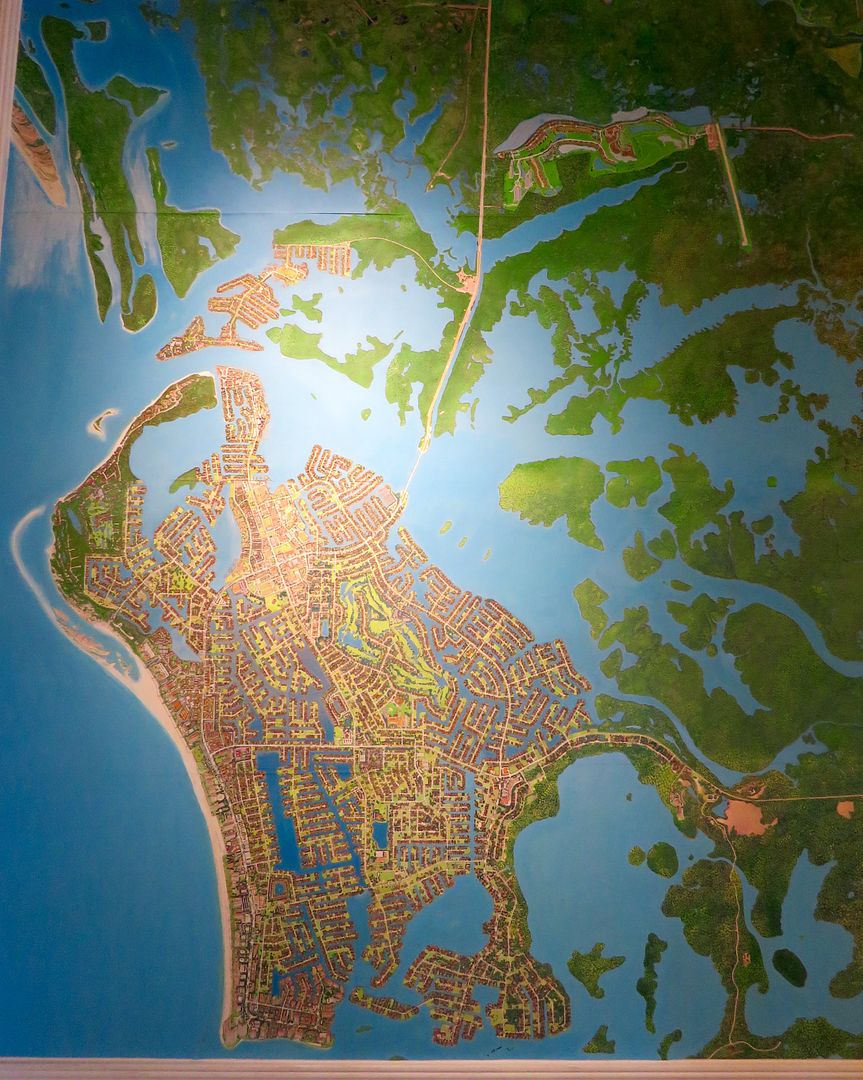

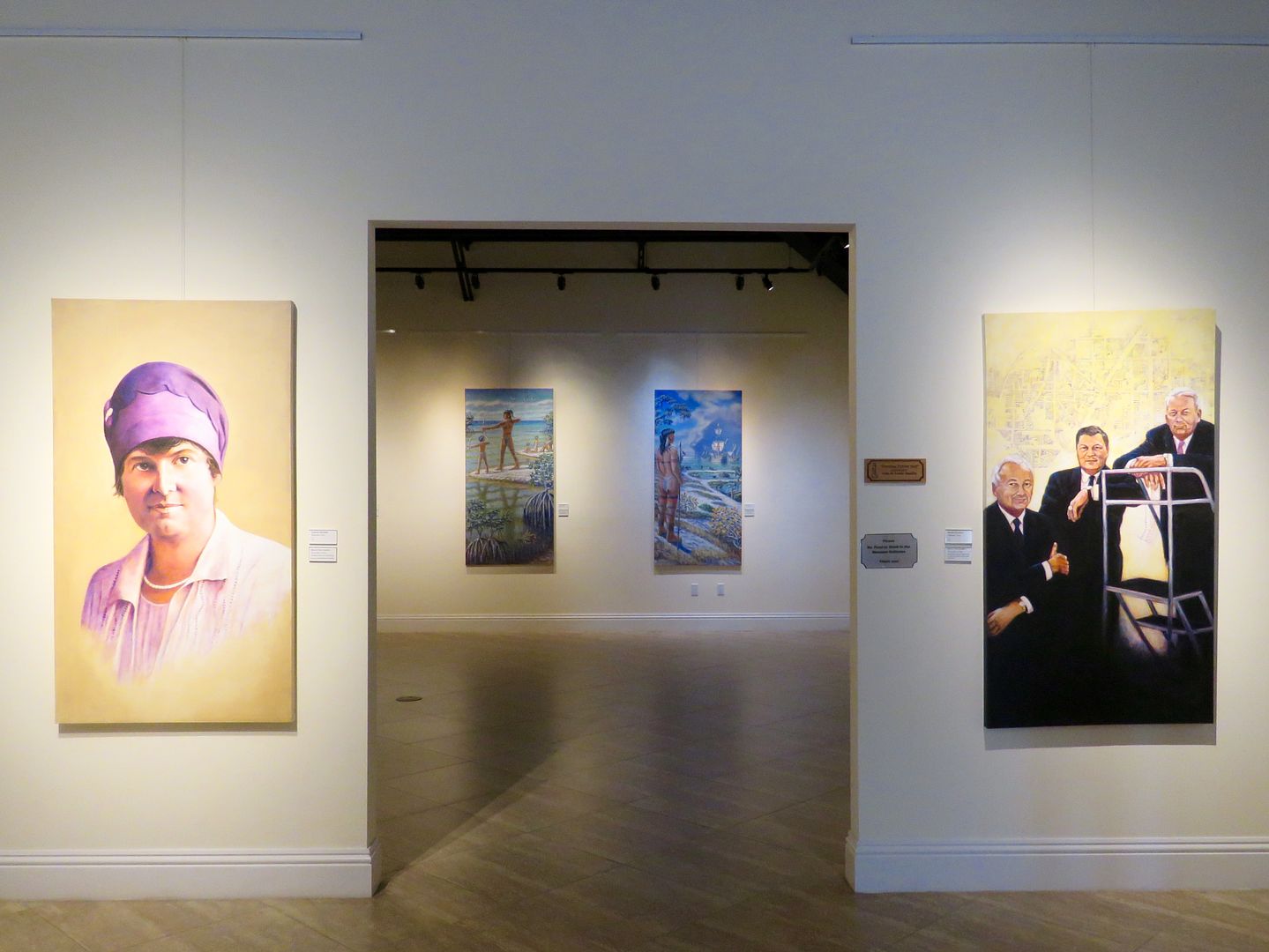
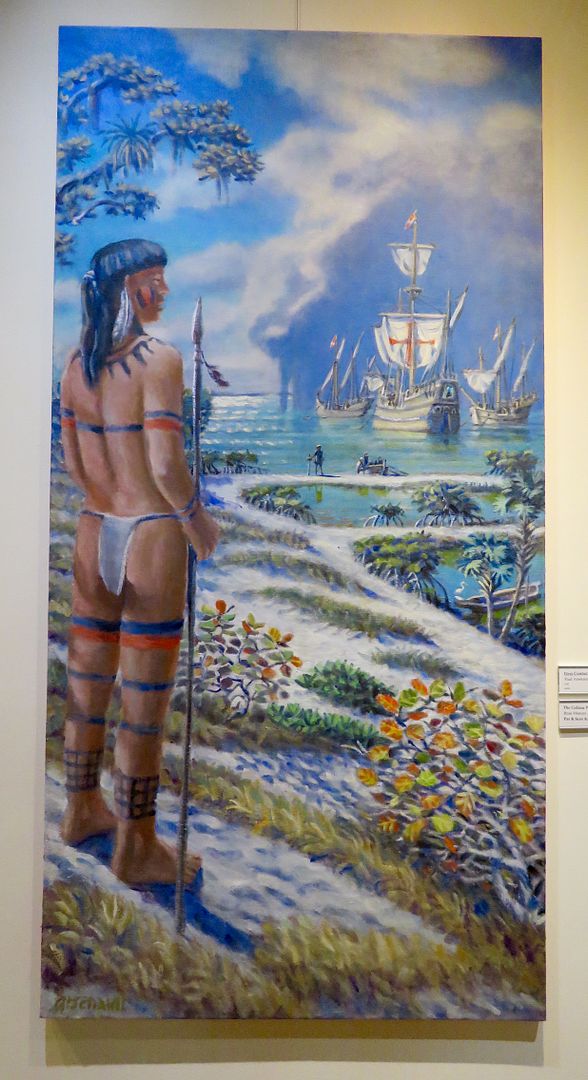
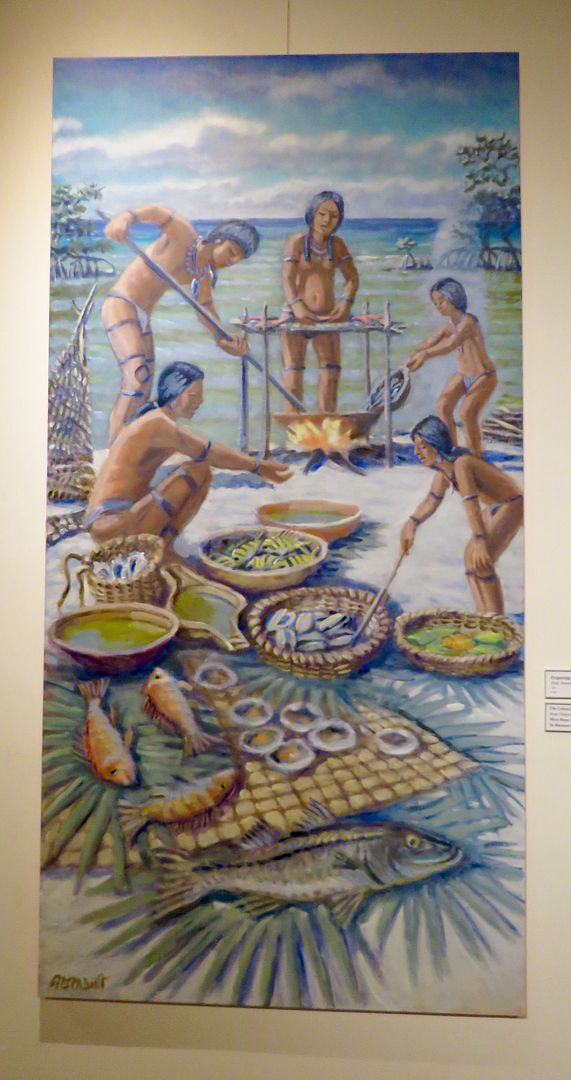
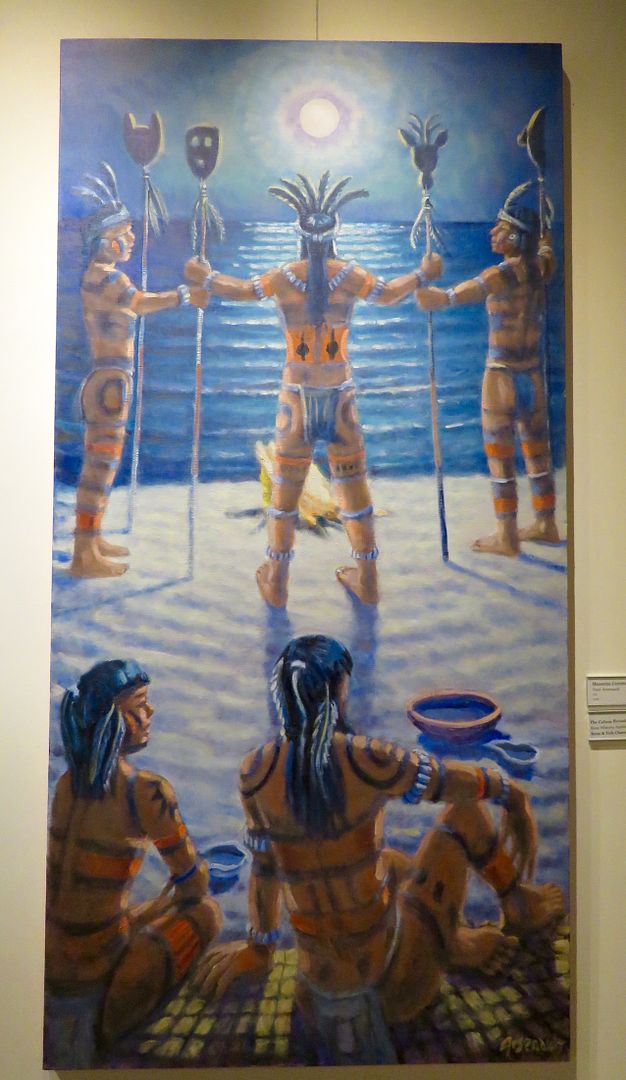


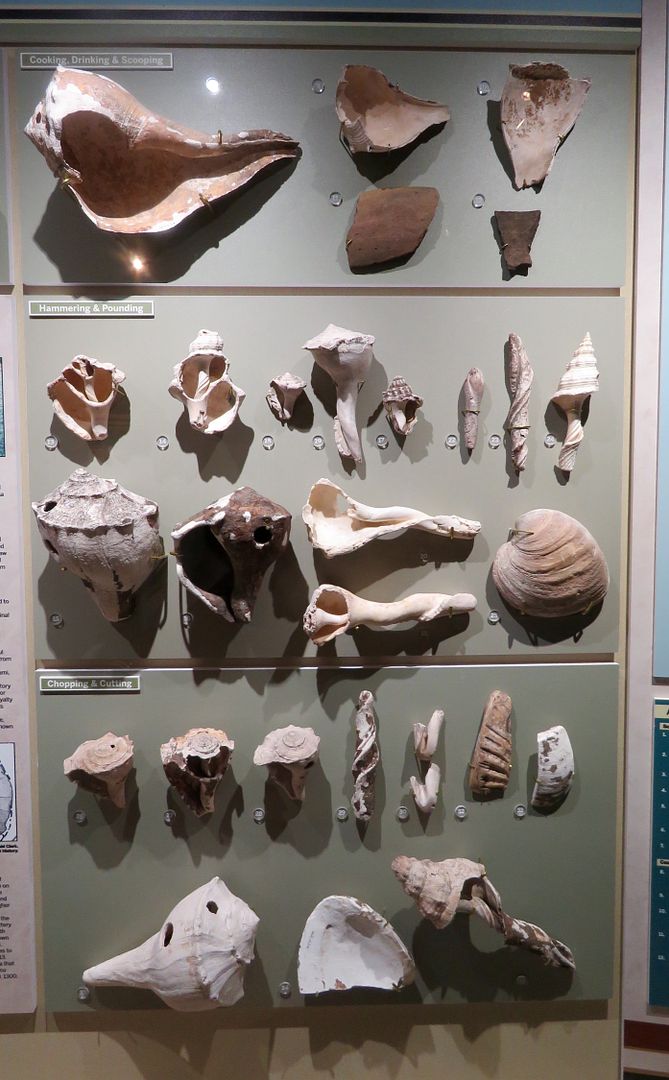
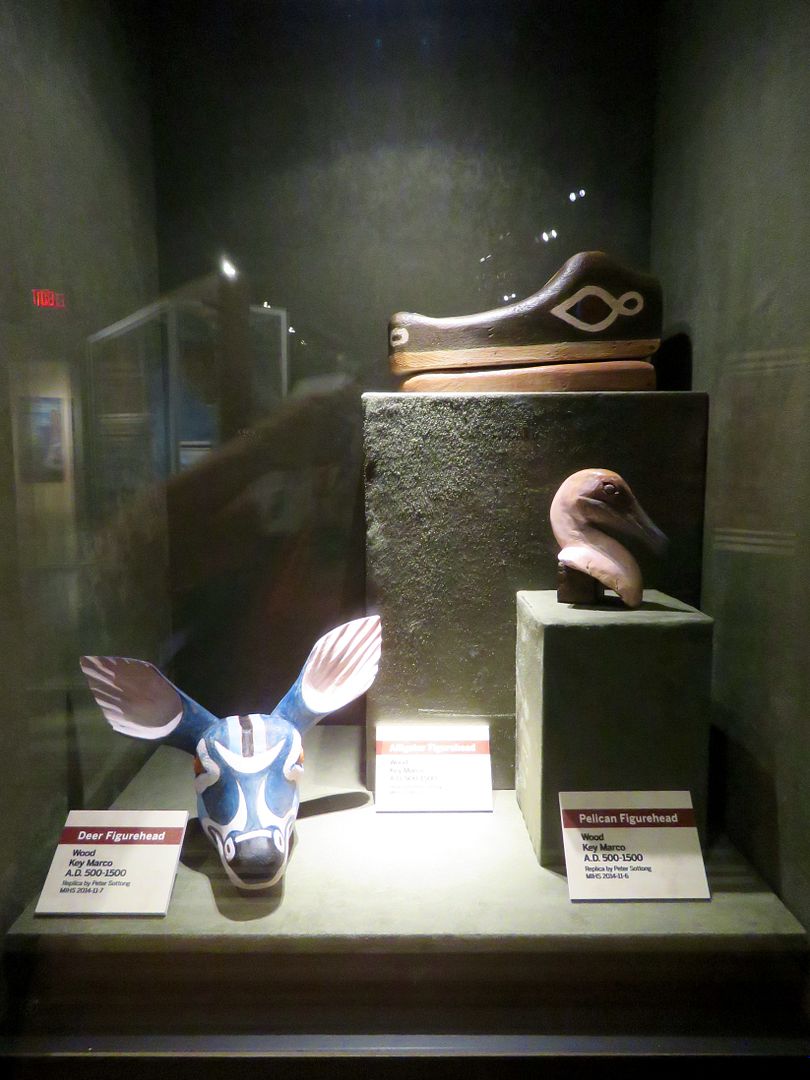
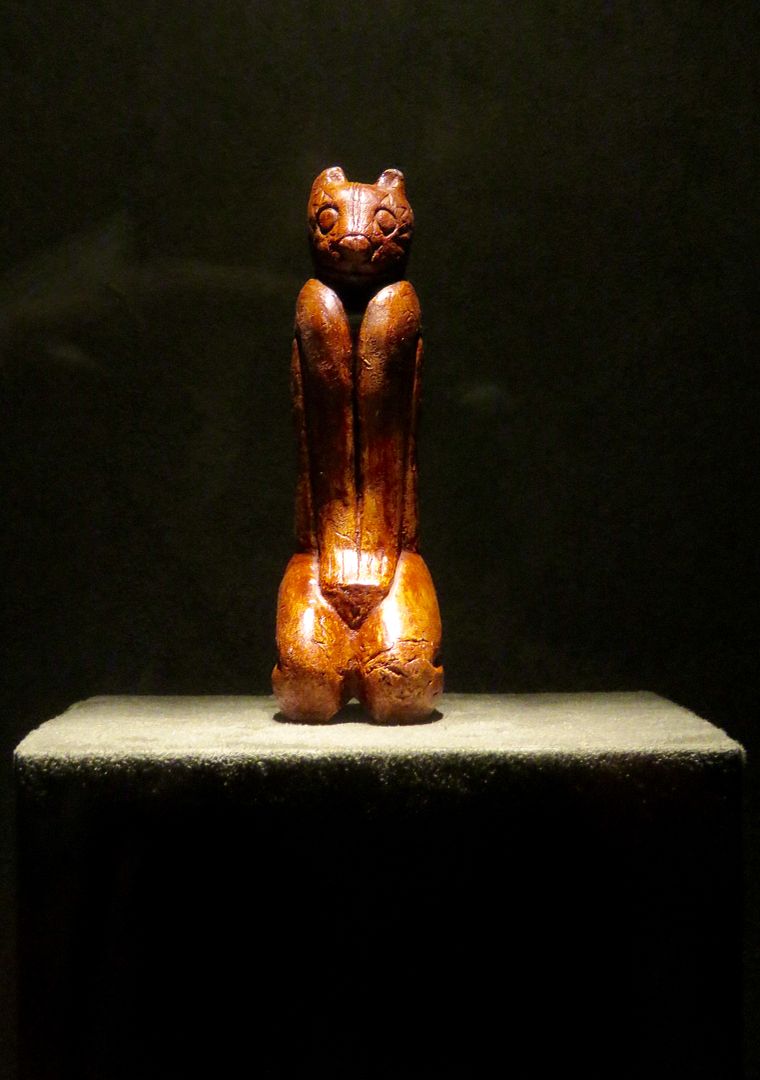
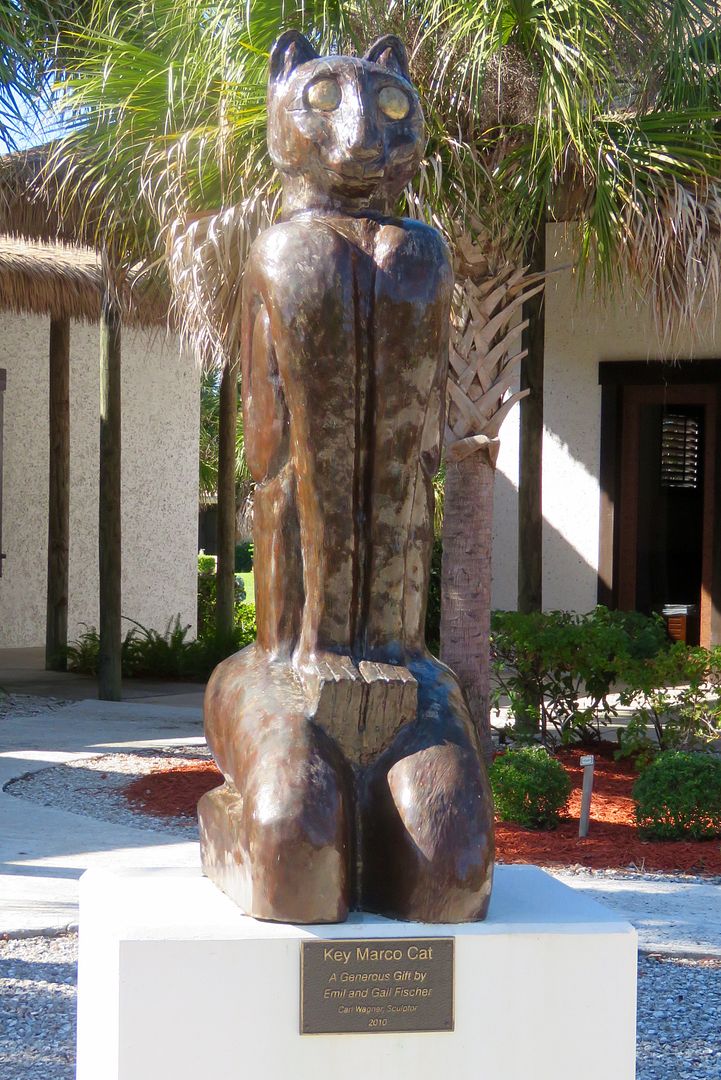
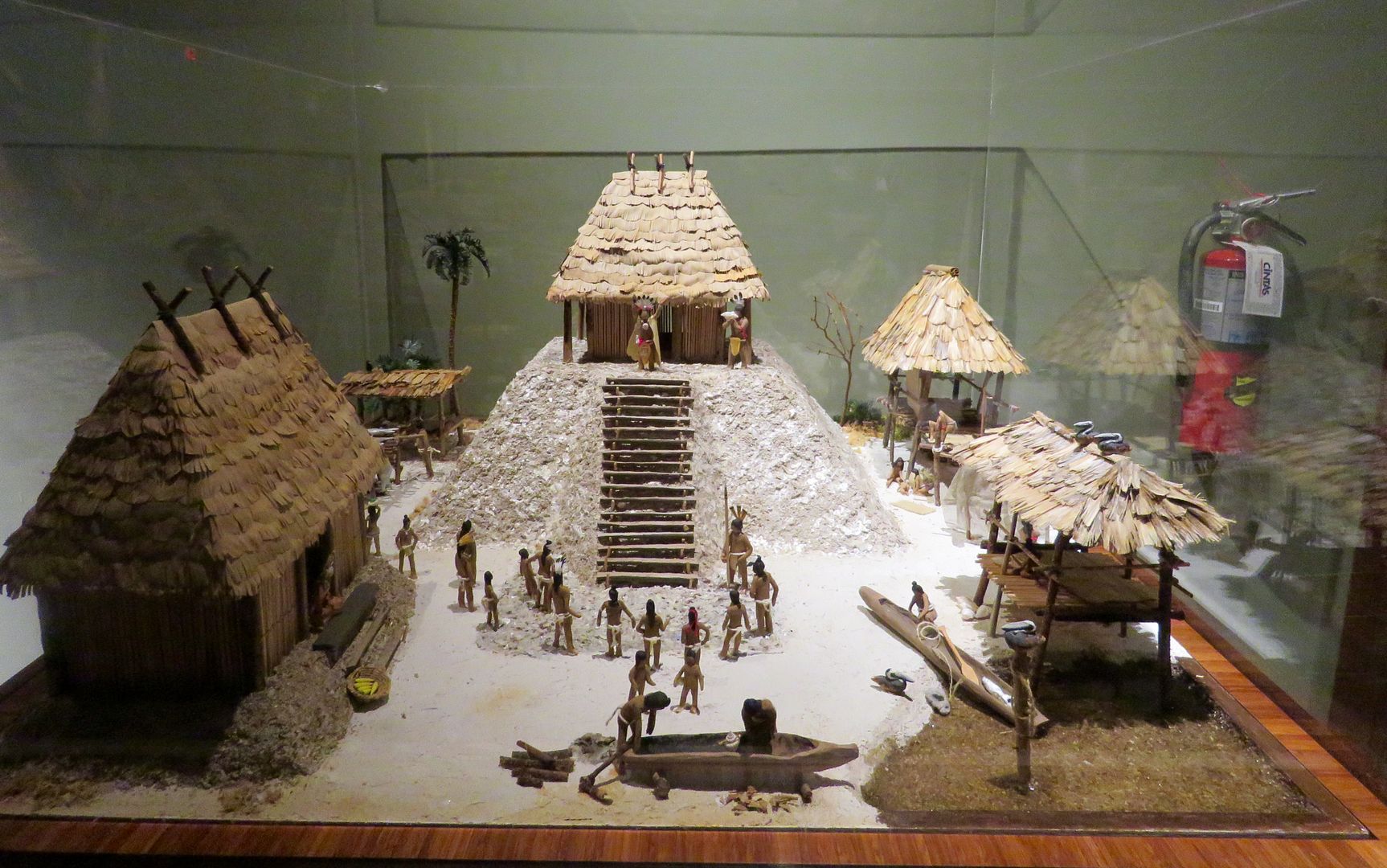
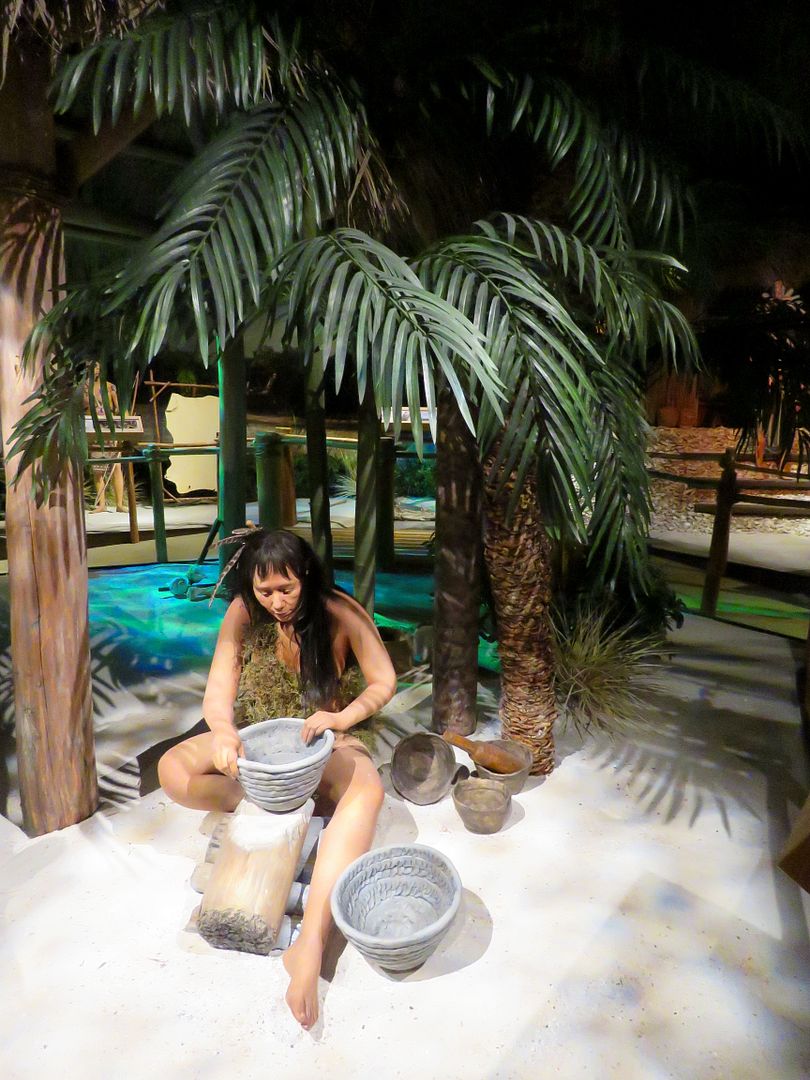
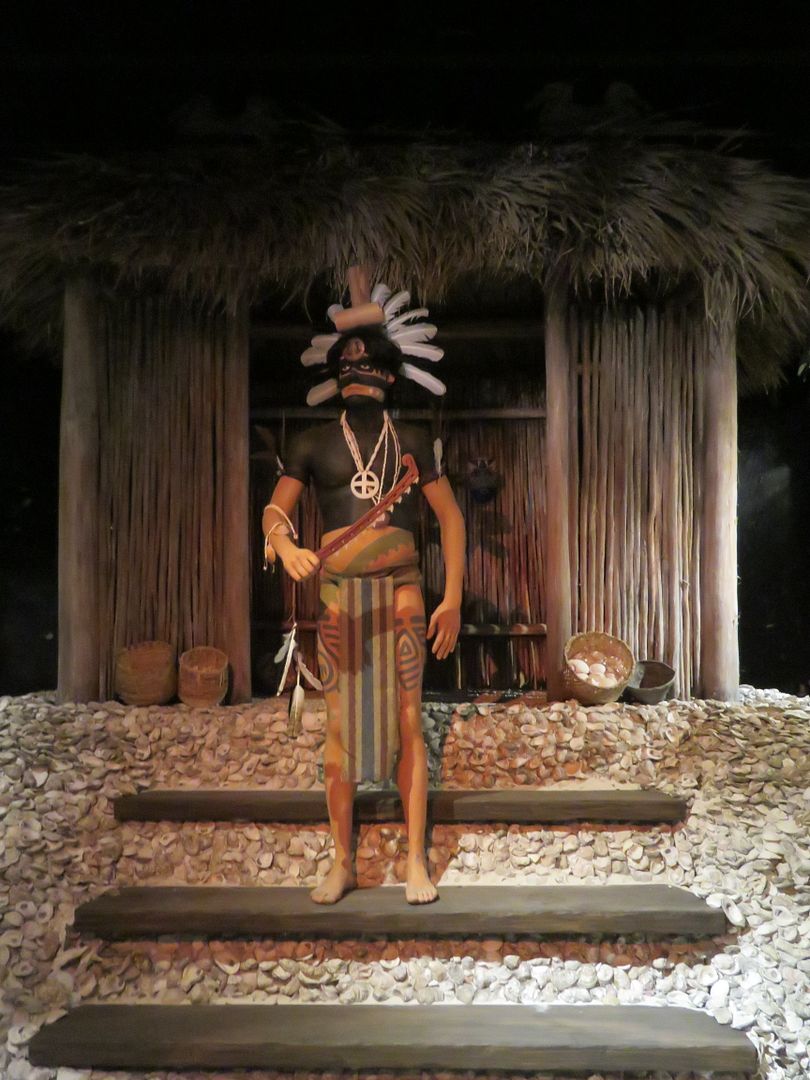
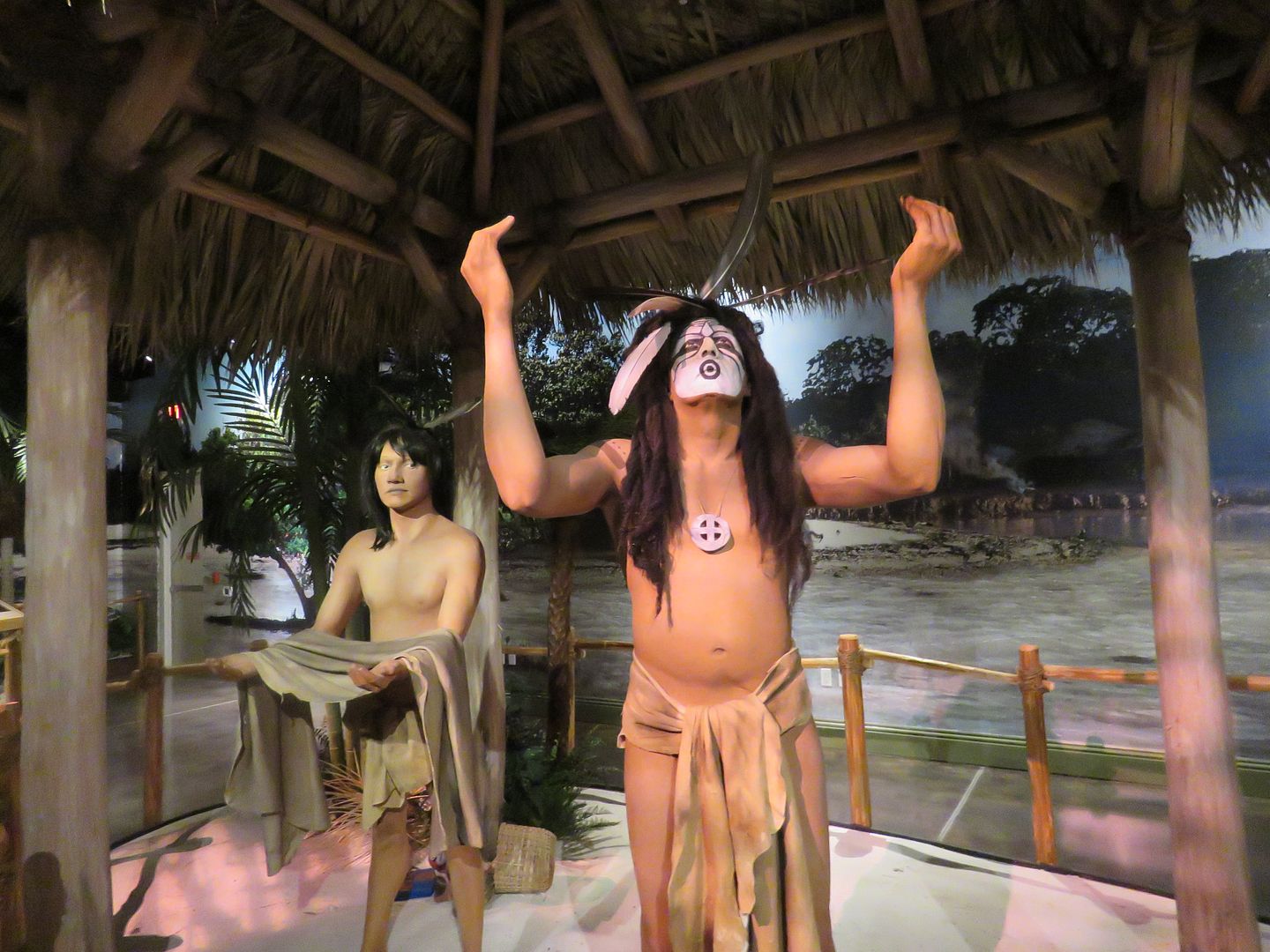
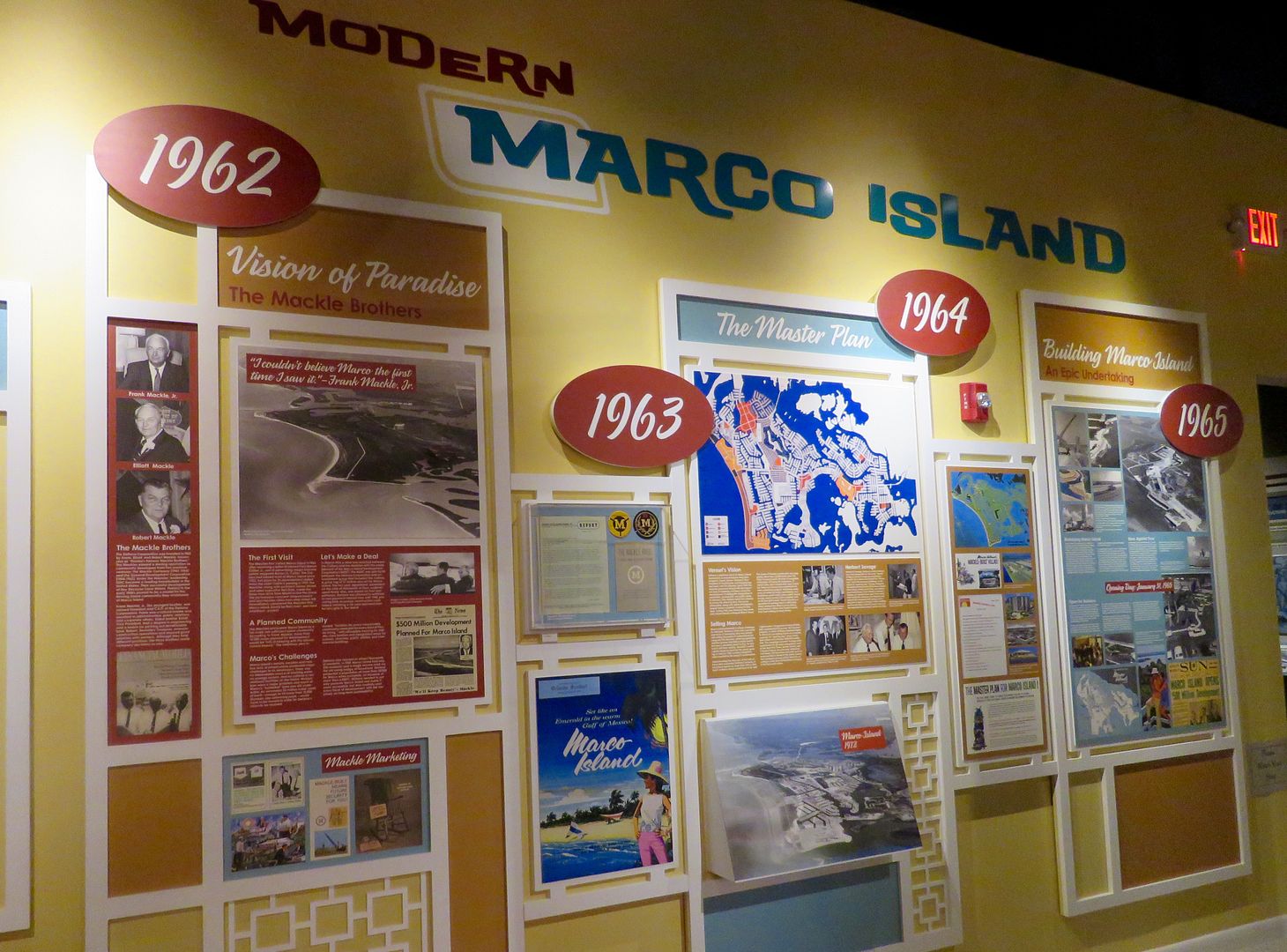
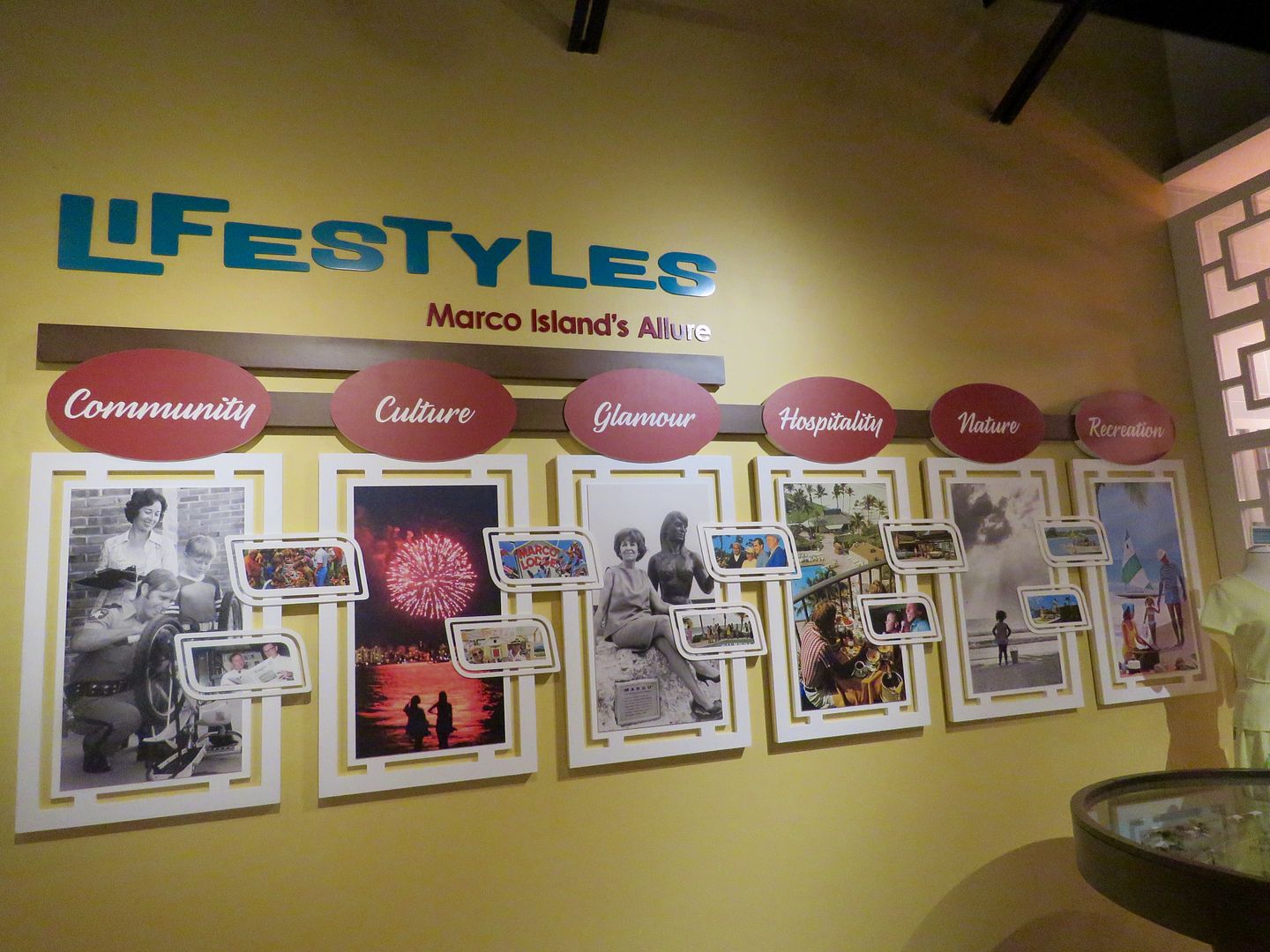


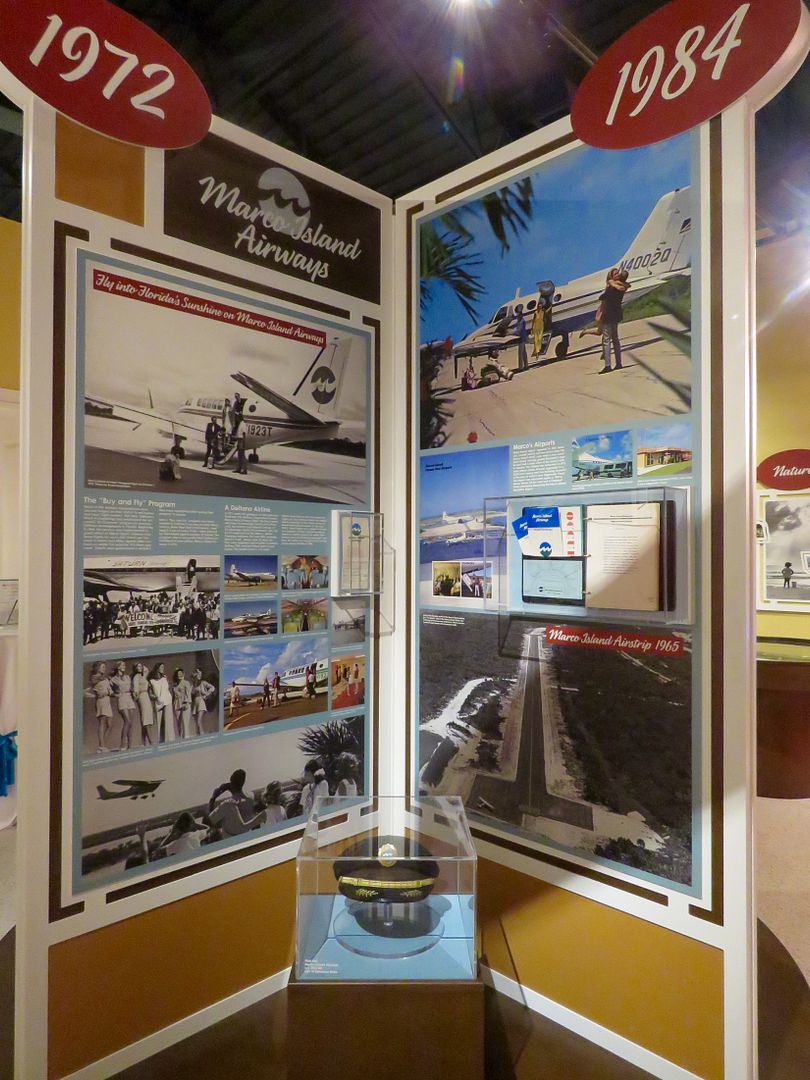

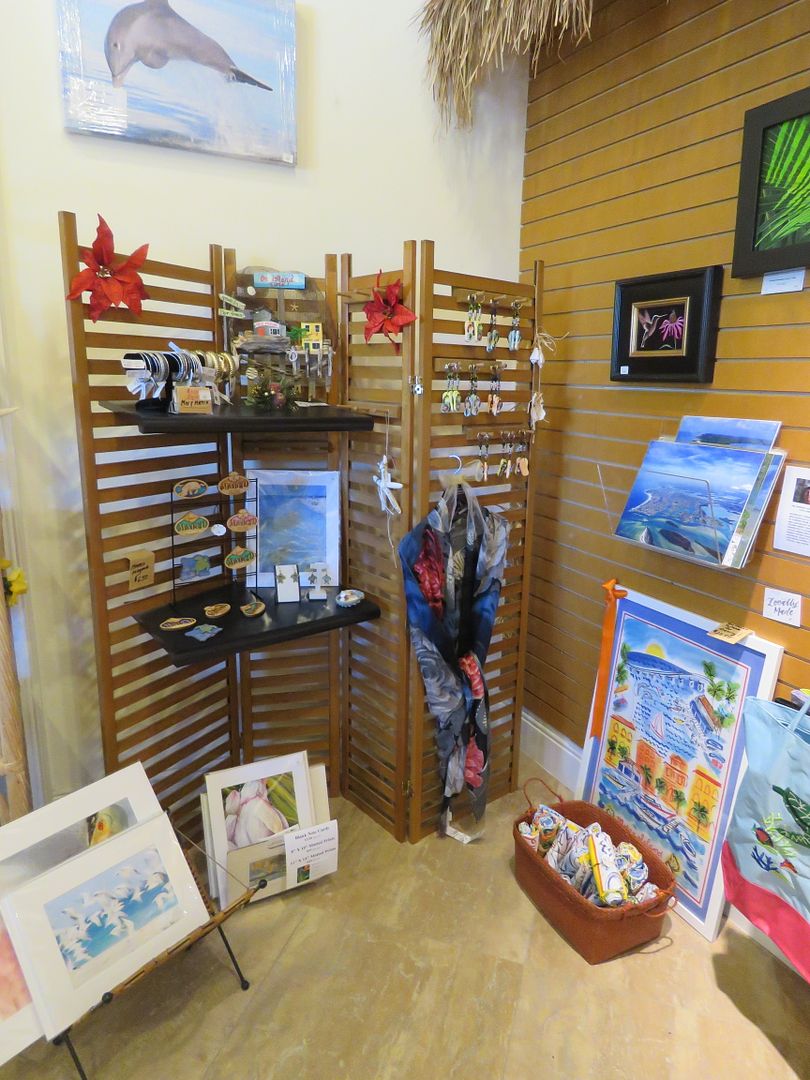
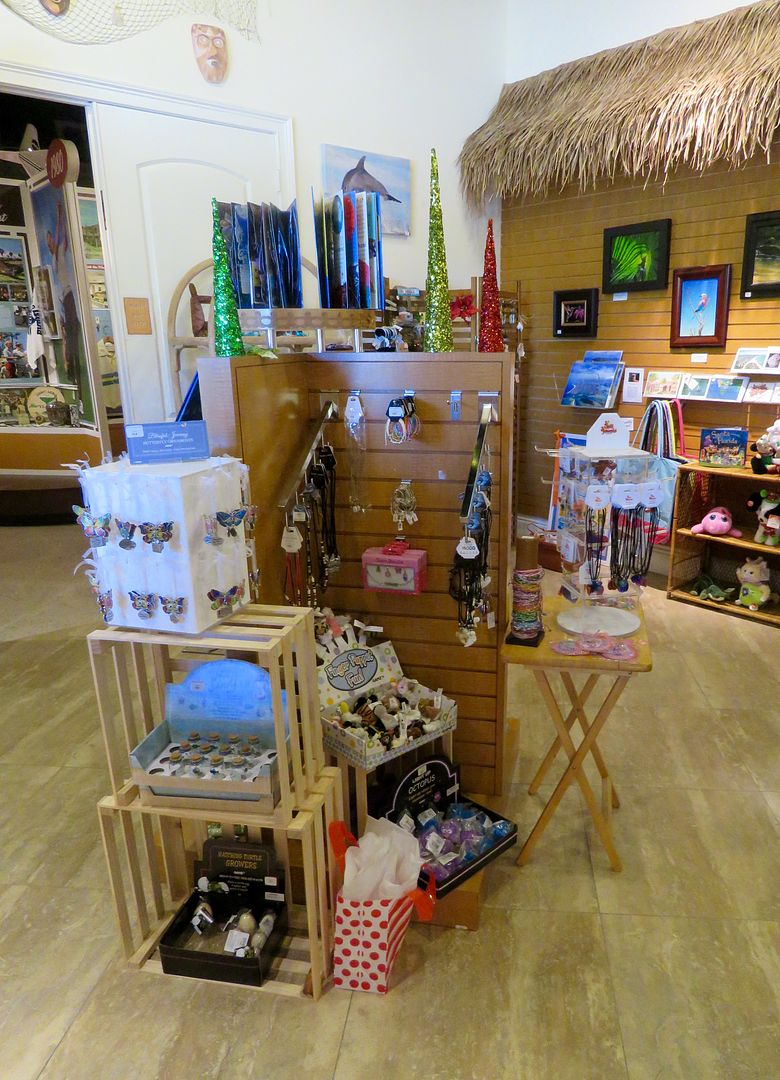
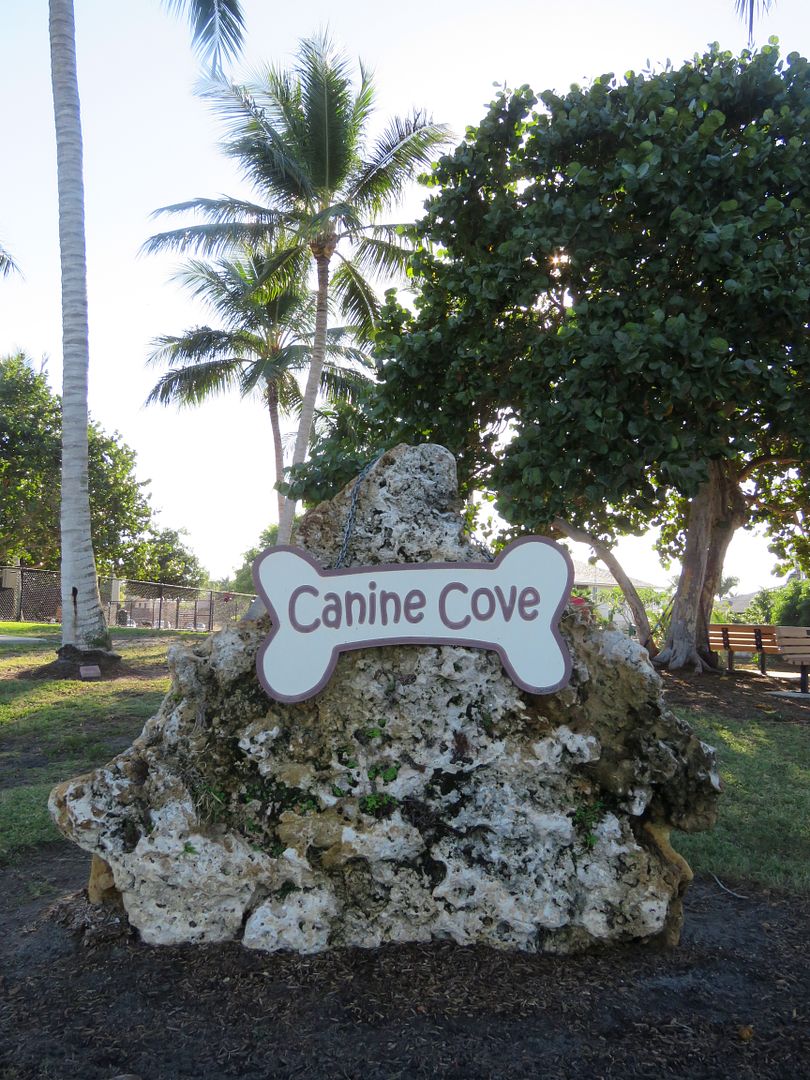
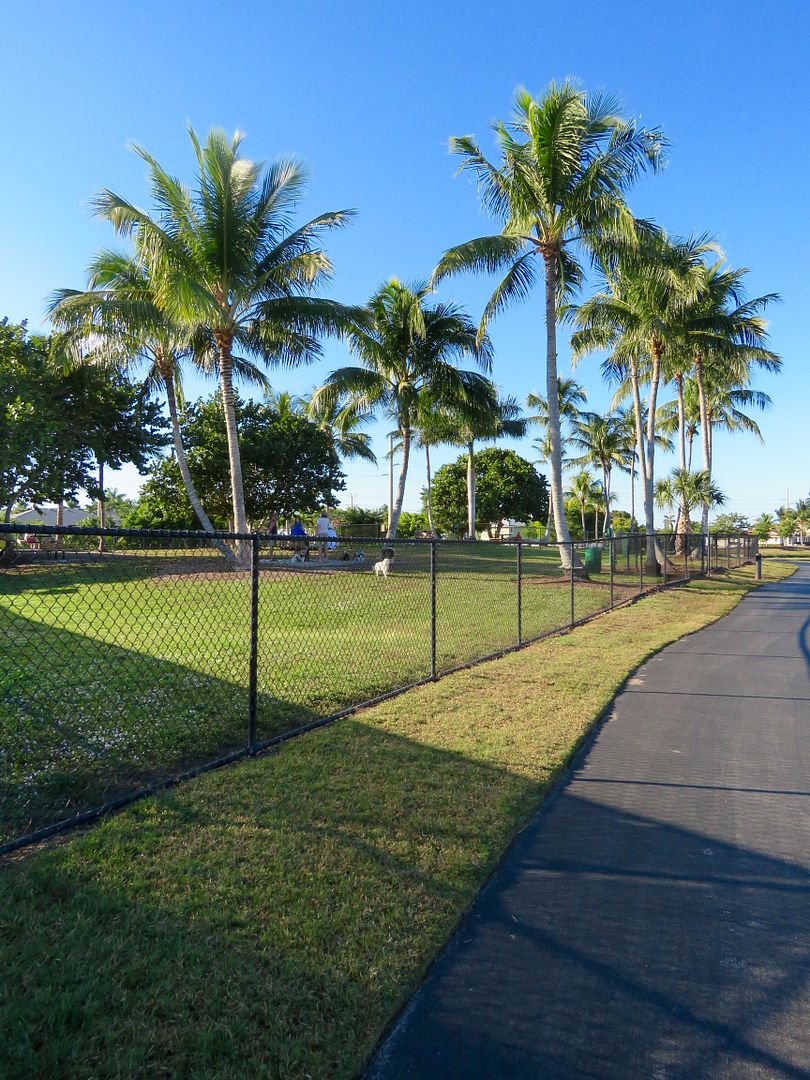




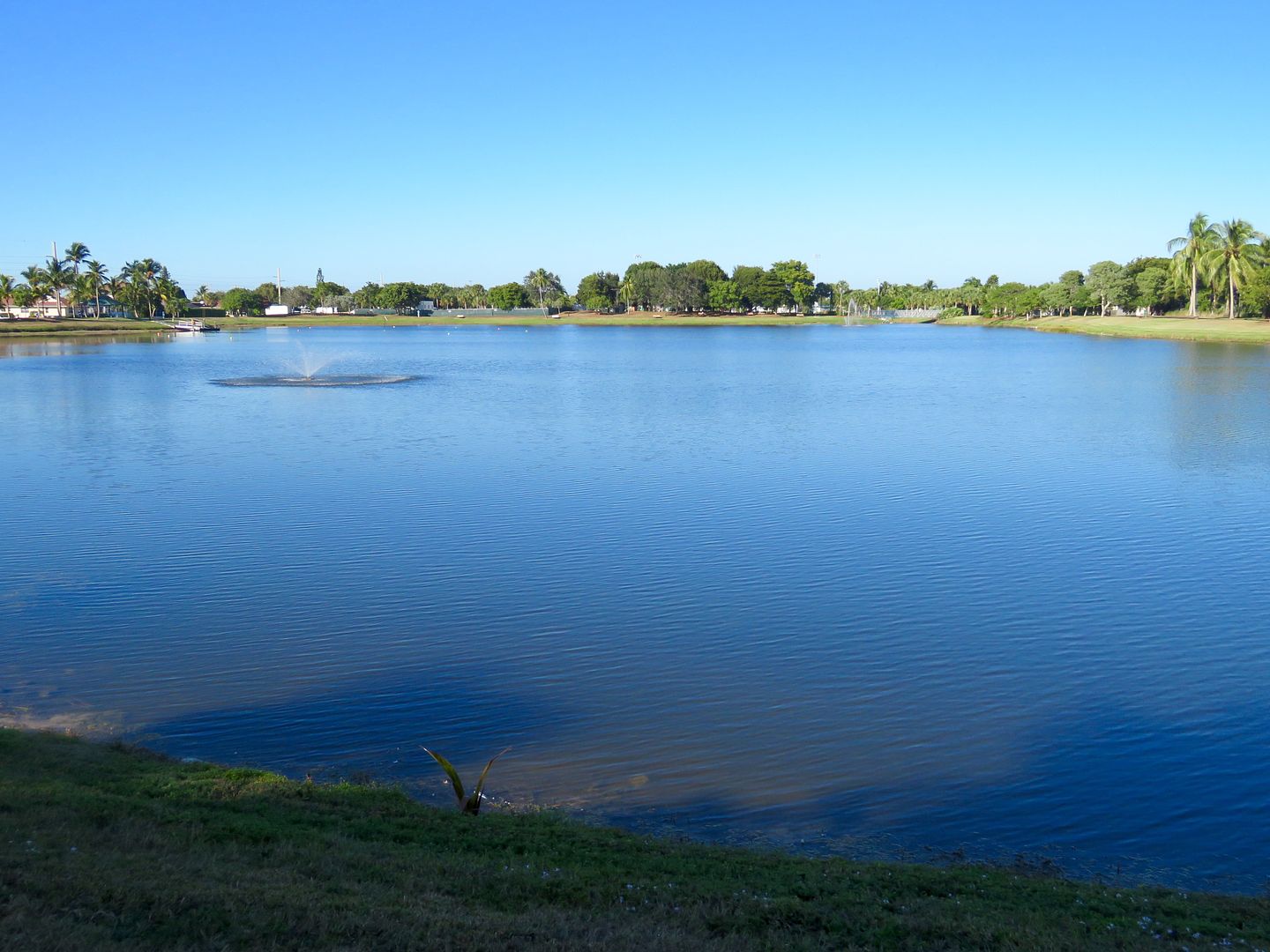

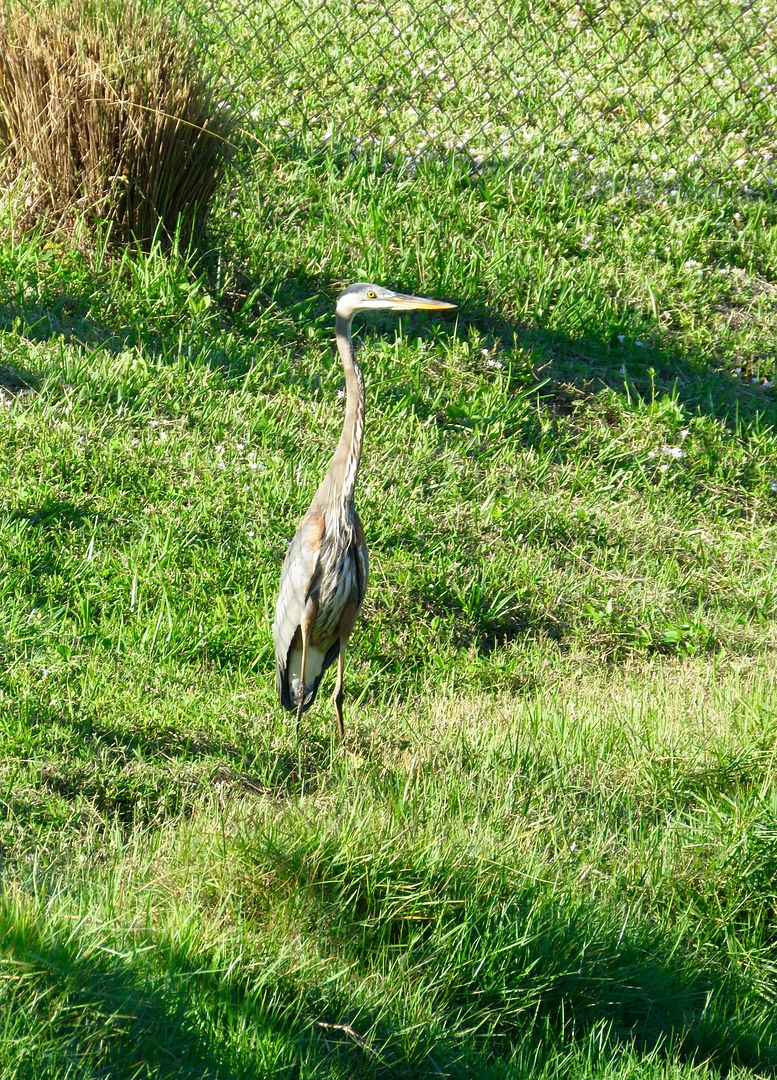
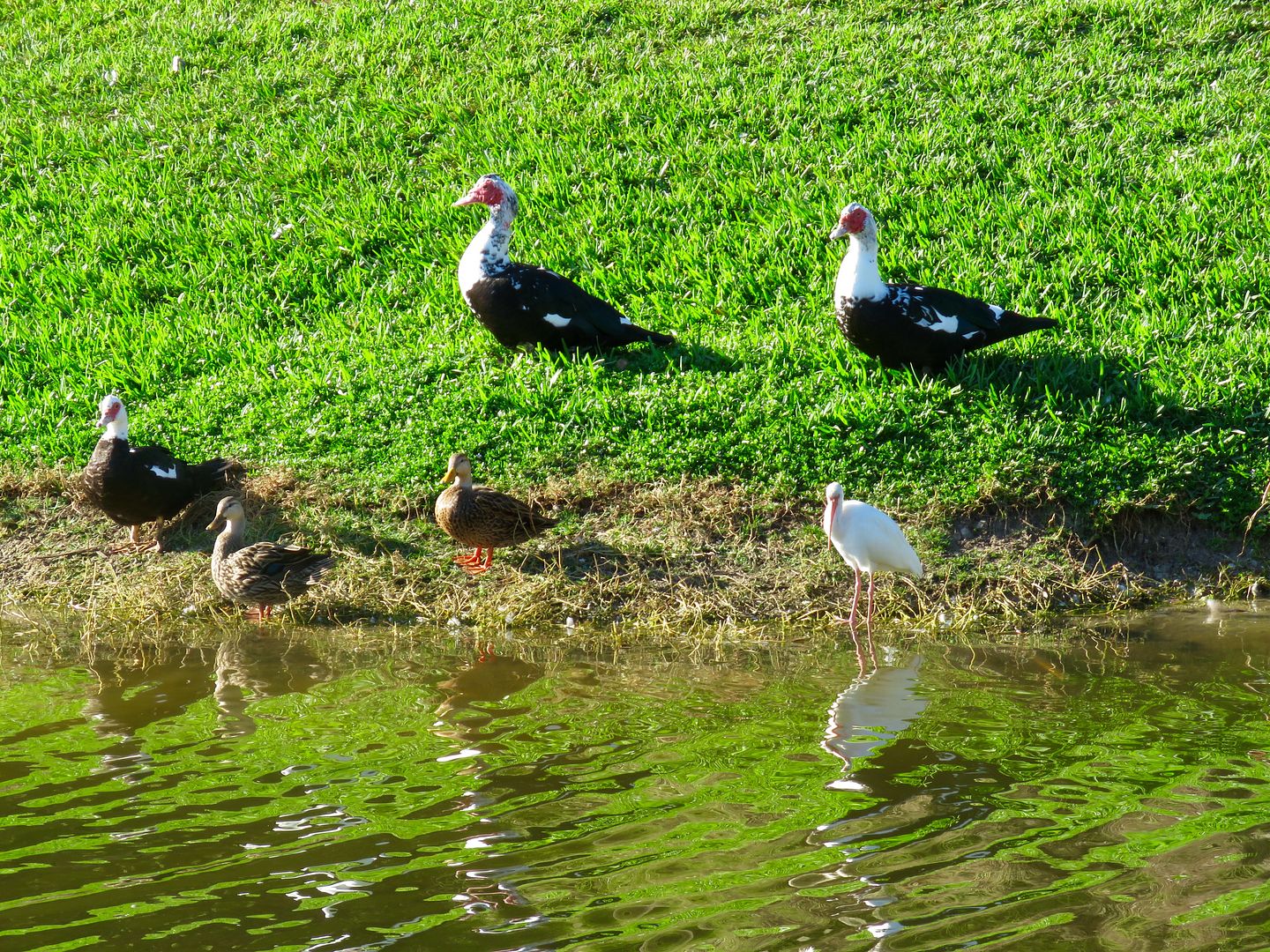
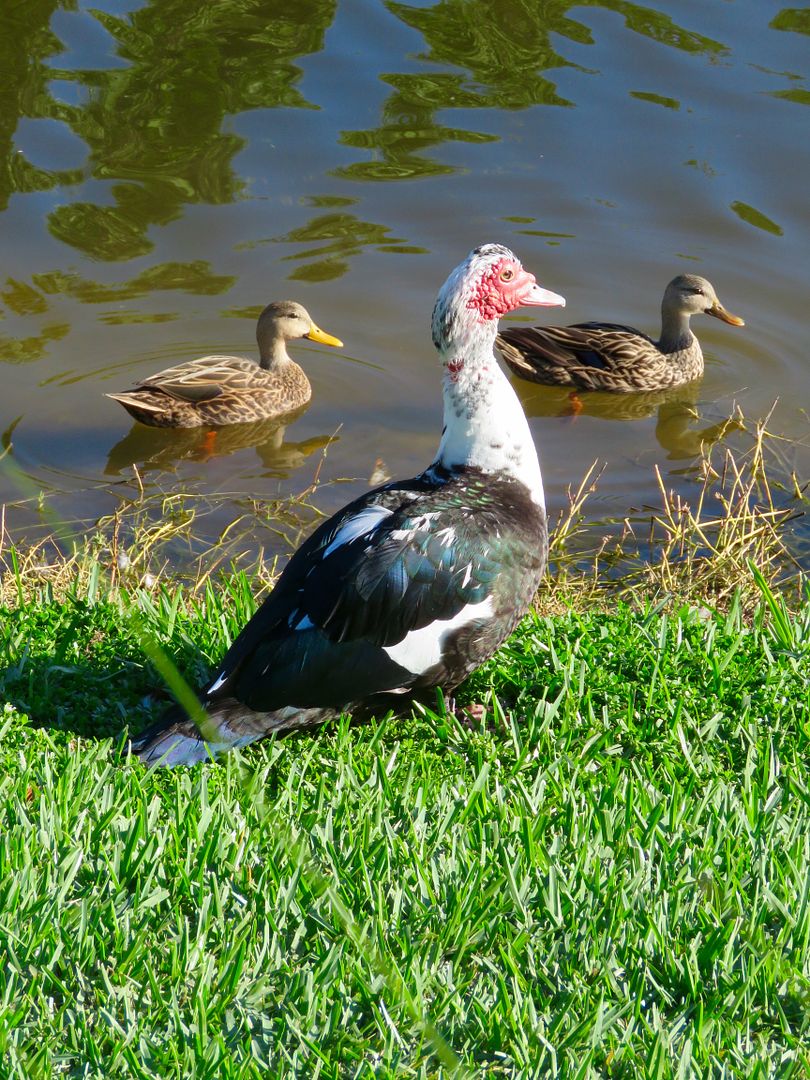
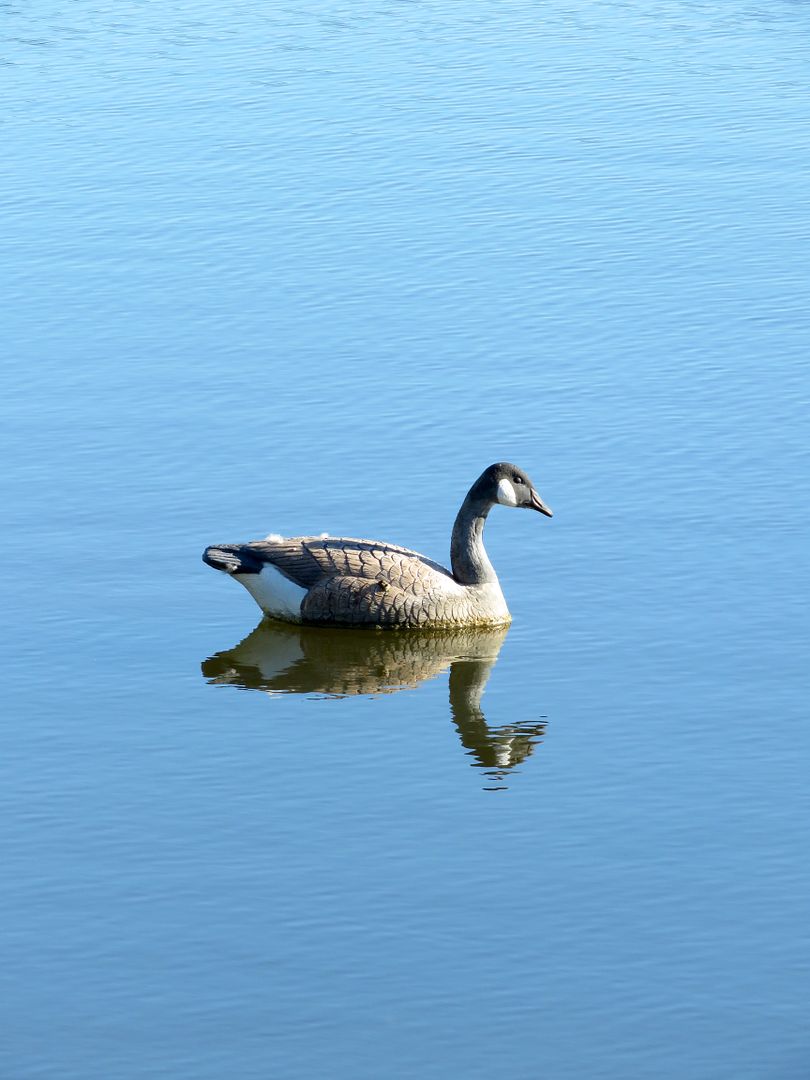
No comments:
Post a Comment